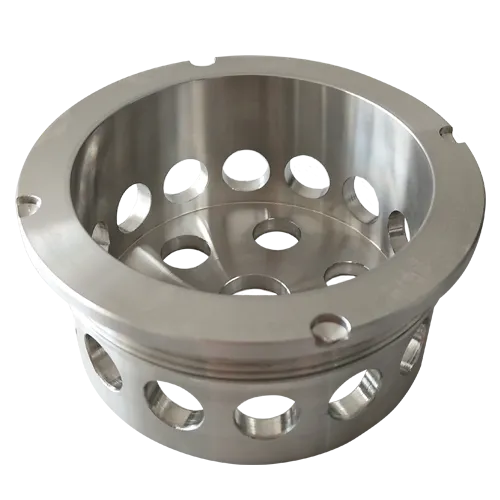Mobile:+86-311-808-126-83
Email:info@ydcastings.com
Understanding the Function and Benefits of Inboard Exhaust Manifolds in Marine Engines
Inboard Exhaust Manifolds A Critical Component in Marine Engineering
Inboard exhaust manifolds are integral components in the exhaust systems of marine engines, typically found in inboard motorized boats. These manifolds play a crucial role in directing the exhaust gases away from the engine, ensuring efficient operation and maintaining optimal performance. Understanding their function, design, and maintenance is vital for boat enthusiasts and marine engineers alike.
Function and Importance
The primary function of the inboard exhaust manifold is to channel exhaust gases from the engine cylinders to the outlet, which is usually routed overboard. This process not only removes harmful gases generated during combustion but also minimizes engine noise and contributes to smoother operation. The manifold helps in cooling the exhaust gases by mixing them with fresh water, which reduces their temperature before they exit the vessel. This dual cooling effect helps to protect the engine and prevent overheating.
Moreover, the efficient design of exhaust manifolds can significantly impact the overall performance of the engine. A well-constructed manifold allows for optimal flow of exhaust gases, reducing back pressure and facilitating better fuel efficiency and power output. Consequently, the choice of materials and the engineering behind the manifold's design are critical considerations in their performance.
Design and Materials
Inboard exhaust manifolds are usually constructed from cast iron or marine-grade stainless steel. Cast iron manifolds are favored for their durability and heat retention capabilities, while stainless steel offers superior corrosion resistance. This is particularly important in marine environments where saltwater can accelerate wear and tear.
inboard exhaust manifold

The design of an exhaust manifold must also account for the specific configuration of the engine it serves. Factors such as engine size, horsepower, and intended use of the vessel determine the manifold's design characteristics. Some manifolds are designed to incorporate water jackets that help to cool the exhaust gases further, enhancing the overall efficiency of the system.
Maintenance Considerations
Since inboard exhaust manifolds operate under extreme conditions, regular maintenance is crucial to ensure their longevity and performance. It is essential to inspect them periodically for signs of wear, corrosion, or leaks. Common issues include cracks or breaches in the manifold that can lead to exhaust gas leaks, which may be harmful to both the engine's performance and the environment.
Replacing corrosion-prone components promptly can prevent extensive damage to the engine and ensure compliance with environmental regulations. Proper winterization techniques, particularly for boats stored in colder climates, can also help extend the life of the exhaust manifold by preventing freezing and subsequent cracking.
Conclusion
Inboard exhaust manifolds are a critical aspect of marine engine systems, contributing significantly to both performance and safety. By understanding their function, design considerations, and the importance of regular maintenance, boat owners and marine engineers can ensure their engines operate efficiently and reliably. As marine technology continues to evolve, advancements in materials and engineering techniques will likely lead to even more efficient and durable exhaust manifolds, further enhancing the performance of inboard engines. Keeping an eye on these components not only promotes better engine health but also contributes to overall marine sustainability.
-
Why Should You Invest in Superior Pump Castings for Your Equipment?NewsJun.09,2025
-
Unlock Performance Potential with Stainless Impellers and Aluminum End CapsNewsJun.09,2025
-
Revolutionize Your Machinery with Superior Cast Iron and Aluminum ComponentsNewsJun.09,2025
-
Revolutionize Fluid Dynamics with Premium Pump ComponentsNewsJun.09,2025
-
Optimizing Industrial Systems with Essential Valve ComponentsNewsJun.09,2025
-
Elevate Grid Efficiency with High-Precision Power CastingsNewsJun.09,2025











